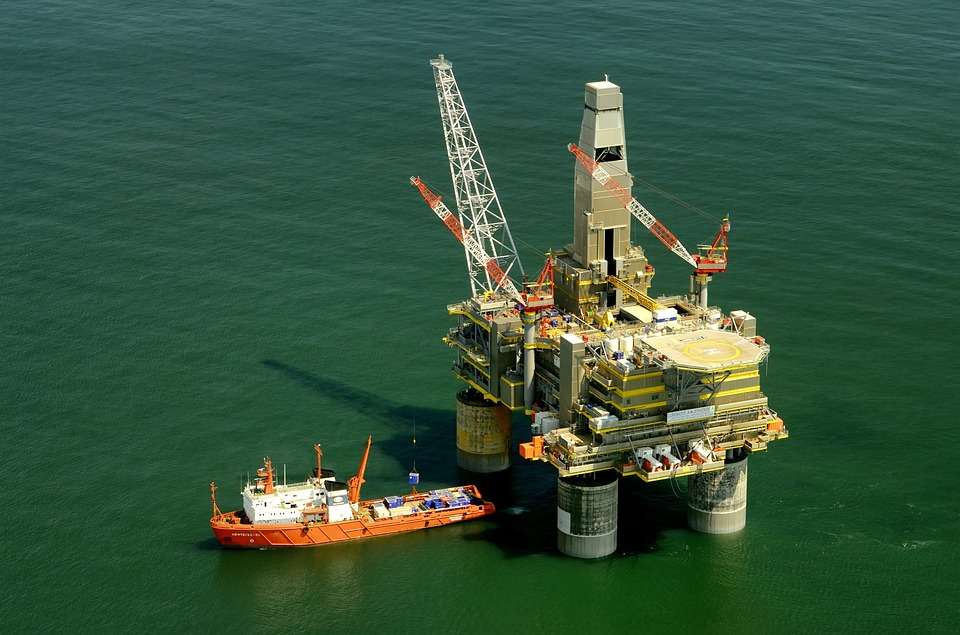The G7 price cap became effective on the 5th of Dec, while it faced objections from Russia

The G7 price cap on the Russian oil that was set at $60 per barrel became effective on Monday as the West are attempting to tame Moscow’s potentials in funding its attacks on Ukraine, however Russia is not willing to stick to the cap even if it reached a point where it has to trim supplies.
The price cap imposed by the G7 on the Russian oil came along with EU ban on the import of the seaborne Russian oil.
It permits the Russian crude to be shipped via the tankers that belong to the G7 and the EU, in case the cargo is bought at the price cap or lower than the cap.
Russia announced earlier on Sunday that it will not commit to the price cap and will not trade the oil that abide by it even if it has to trim the production.
The oil and gas export to Europe was one of major revenue sources for Russia since the decades that followed the 2nd world war.
The price cap level shall be revised every couple of months by the EU and G7, meaning the first revise will be at the beginning of the next year in Jan.


